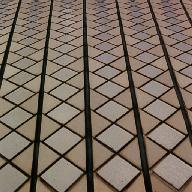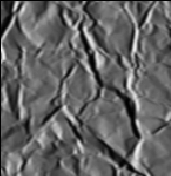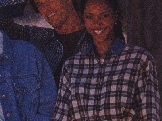Publications







Texture can play several roles in visual perception:
Publications |
|

|
A. A. Efros & W. T. Freeman, "Image Quilting for Texture Synthesis and Transfer", Proceedings of SIGGRAPH '01, 2001. [pdf] [more info] |

|
D. Forsyth, "Shape from texture and integrability" International Conference on Computer Vision, Vancouver, BC, 2001. [pdf] [ps] |

|
T. K. Leung & J. Malik, "Representing and Recognizing the Visual Appearance of Materials using Three-dimensional Textons", International Journal of Computer Vision, 2000. [pdf] [ps] [more info] |

|
A. A. Efros & T. K. Leung, "Texture Synthesis by Non-Parametric Sampling", International Conference on Computer Vision, Corfu, Greece, 1999. [pdf] [ps] [more info] |

|
T. K. Leung & J. Malik, "On Perpendicular Texture: Why do we see more flowers in the distance?", Conf. Computer Vision and Pattern Recognition, 1997 [pdf] [ps] [more info] |

|
T. K. Leung & J. Malik, "Detecting, Localizing and Grouping Repeated Scene Elements from an Image", European Conference on Computer Vision, Cambridge, England, 1996 [pdf] [ps] [more info] |

|
J. Malik & R. Rosenholtz, "Computing local surface orientation and shape from texture for curved surfaces." International Journal of Computer Vision 23(2):149-168. [pdf] [ps] |